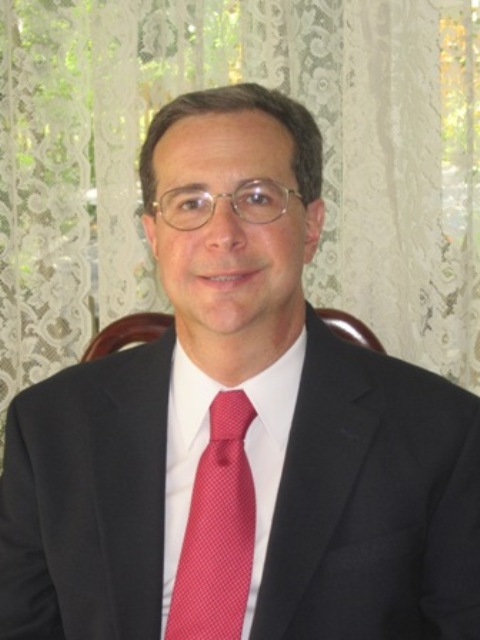Preparing For a Career Fair
 Recently, I had the opportunity to be a resource to college students at a Career Fair at a local community college in my home state of New Jersey. One of the organizations for which I do outplacement and career coaching work, has recently began to focus on providing guidance on career development for the work population under 35 years old. One of the items that is new to this population, is the job interview and career fairs. While the career fair environment can be a challenge even to those over 35 years old, it can be particularly daunting to those who have had little to no experience in that discipline. So, what are some of the things that were shared with the students.
Recently, I had the opportunity to be a resource to college students at a Career Fair at a local community college in my home state of New Jersey. One of the organizations for which I do outplacement and career coaching work, has recently began to focus on providing guidance on career development for the work population under 35 years old. One of the items that is new to this population, is the job interview and career fairs. While the career fair environment can be a challenge even to those over 35 years old, it can be particularly daunting to those who have had little to no experience in that discipline. So, what are some of the things that were shared with the students.
The absolutely first thing that was offered, was to prepare themselves for the fair process. That included having an up-to-date resume. Often for those who are just starting out in the work world, that document is often one page, (for those with say 5 to 10 years of experience and perhaps 3 or more places of where they have worked, 2 pages are fine). It would include a brief introductory paragraph introducing themselves, (perhaps their major, the type of work they are passionate about, and what special skills they may bring to a prospective employer). In a Career Fair environment, they would want to have several copies of that resume prepared to distribute. Additionally, they would want to have a notebook and a pen. Taking notes during any job interview is not only perfectly acceptable, but shows an employer your interest in their company and what they are offering. Dressing professionally (business casual), as opposed to sweat suits and ripped jeans, was also strongly encouraged. And, above all, have a plan for the companies that one wanted to visit ahead of time.
As many Career Fairs let the attendees know ahead of times the organizations that will be present, it gives the attendees an opportunity to research the company. That can be done through the company website. It can additionally be done through the company’s Linked In page or articles about the firm on social media. Additionally, if there are specific jobs that the company is posting for on their website or Linked In page, and they align with one’s talents, it gives the Career Fair attendee a particular opening with which to connect.
The development of a 30 second introduction of who one is, is also a great tool for the Career Fair attendee to have in their tool kit. For college students it often involves, their name, major, activities they are involved in at school, their passions, and the skills they bring to the table. For those past their college years, who they are, passions and skills are all still very important, but also one or two major accomplishments in their field also should be part of the introduction (in place of their school education). If one possesses skill in a particular technology that is in demand, that could be included in the pitch.
Once connecting with the hiring organization, engage them in conversation. That not only means you answering questions for them, but having questions of meaning for them also. It also emphasizes the skill of LISTENING, to what is being said in the conversation. That may open you up to new information to add about yourself. It can also be used in your follow-up connections with the company, (think thank you or follow-up notes or reach outs). While an initial interview may lead to connection, FOLLOW-UP with organizations in which you are interested maintains possibilities for one in their search for an opportunity to work and display their skills. For college students, that may not only be in the form of a job, but can be in the form of internships and learning opportunities.
So, in summing up, whether you are a college student, or one far beyond those years, and you are connecting with potential opportunities, (particularly in a public form like a Career Fair), remember the following tips. Be armed with multiple copies of your resume, have a strong 30 to 60 second verbal introduction ready, dress professionally (but not over dressed for roles), research companies ahead of time, talk to potential employers with confidence and follow-up and stay connected. It is a formula for helping to move you forward in procuring your next opportunity.
{ 0 comments }
 During the period from 1978 to 2008, I worked in the world of corporate America. At that time in United States history, many individuals followed a similar model. They worked for the same company for many years. When they thought of work contacts, they were often individuals like them, long time employees at the same company. In that model, I met many an individual who became life long friends. Some of them I stayed connected with through social activities after my time at corporate. Others, I was able to track through tools such as Linked In, and reconnect with them for networking meetings, and opportunities to help each other in new ventures.
During the period from 1978 to 2008, I worked in the world of corporate America. At that time in United States history, many individuals followed a similar model. They worked for the same company for many years. When they thought of work contacts, they were often individuals like them, long time employees at the same company. In that model, I met many an individual who became life long friends. Some of them I stayed connected with through social activities after my time at corporate. Others, I was able to track through tools such as Linked In, and reconnect with them for networking meetings, and opportunities to help each other in new ventures.